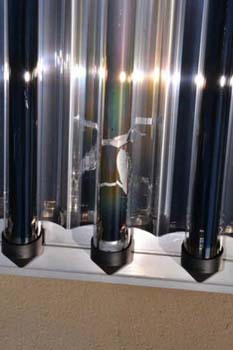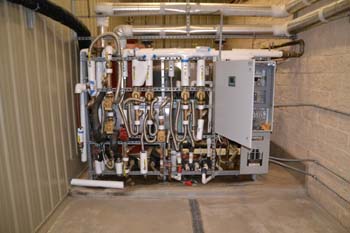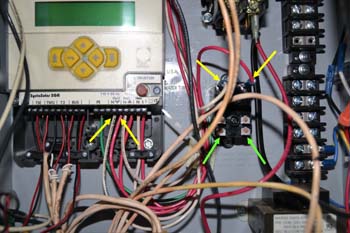A solar-thermal pool heating system at a fitness club in a mountainous region of North Carolina sustained freeze damage when the first winter storm of the season passed through the area. The solar-thermal heating system was newly installed the previous summer. The EIS engineer assigned to the project was tasked with determining whether there were any installation or design defects that caused or contributed to the failure.

Review of the weather data related to the storm that passed through at the time of the incident showed that the low temperatures were well within the normal range for the area and the time of year, thus ruling out extreme temperatures having been the cause of the loss.

The site inspection revealed that many of the vacuum tubes of the solar collectors were damaged due to freezing. At the pump skid, many of the pipes and heat-exchangers had ruptured due to freezing. It was also noted that the pump skid and related components were housed in an unheated space with uninsulated sheet metal walls.


